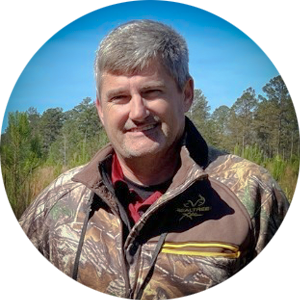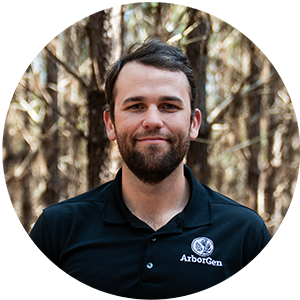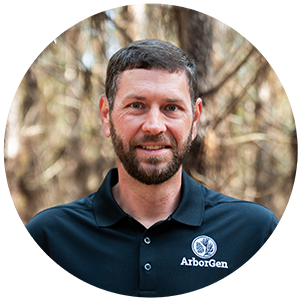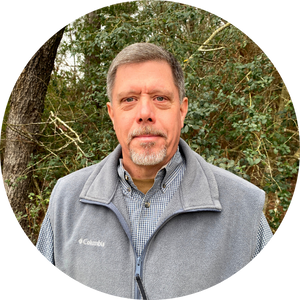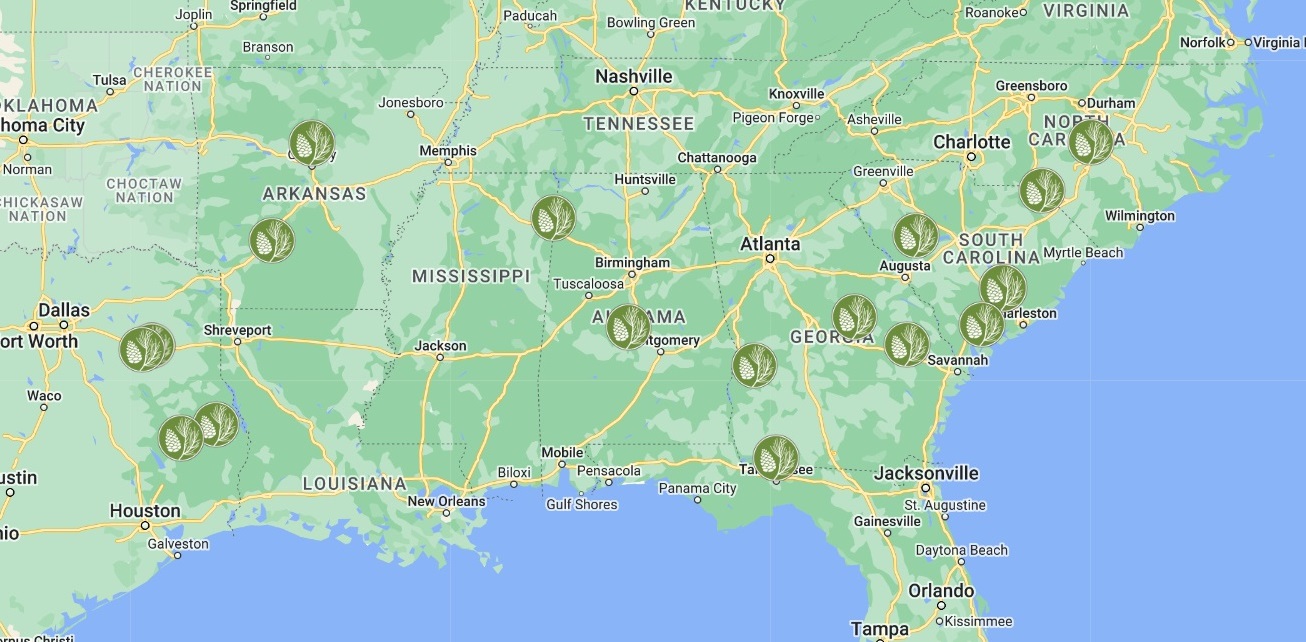Whether they realize it or not, nearly all forest landowners view their seedling purchase in one of two ways:
- As an Investment.
- As an Expense.
Those who view their purchase as an investment are typically focused on long-term returns. They take time to plan and execute proper site preparation, consider fertilization if necessary, and invest in advanced genetics that are purpose-driven for local timber markets. The benefits of advanced genetics, such as ArborGen MCP® seedlings, are well-documented: they offer up to 30–60% more volume at harvest compared to open-pollinated seedlings. They also yield better log quality, enhancing the probability of receiving higher stumpage values at final harvest than OP stock.
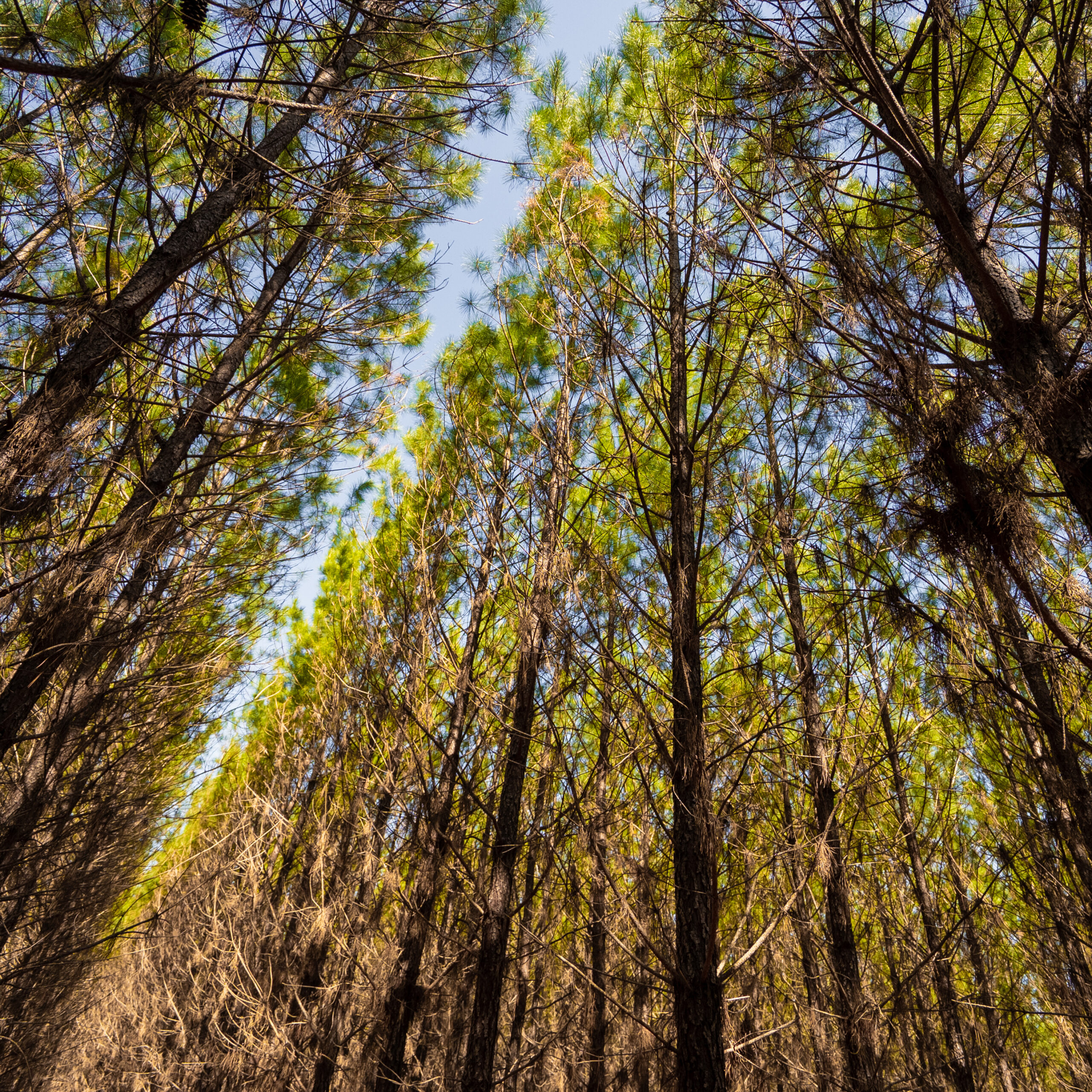
Eight-year-old MCP® stand in Middle Georgia test plot. This site contains thousands of different crosses under evaluation. Trees at this location are reaching heights around 45 feet, with diameters ranging from the mid-5s to mid-8 inches—showcasing the impressive growth potential of advanced genetics.
It’s no coincidence that TIMOs (Timber Investment Management Organizations) and REITs (Real Estate Investment Trusts) plant a significant percentage of their acreage with MCP® or other enhanced genetics. These organizations rely on rigorous data analyses to inform their planting decisions and are laser-focused on maximizing asset value for their clients.
The good news? Private landowners have access to the same elite genetic technology as the large-scale investors. This means anyone, whether managing 40 acres or 4,000, can make informed planting decisions that improve outcomes at harvest.
Conversely, expense-focused reforestation normally prioritizes the short-term, emphasizing first-year survival over long-term value. As of late, these practitioners have gravitated toward open-pollinated containerized seedlings (which can be a great option for certain scenarios) without consideration of long-term genetic impacts. If your overarching goal is for survival alone on certain tracts, however, this approach may make the most sense.
Both perspectives have merit. As we always say in forestry, it depends on the individual forest landowner’s goals and their vision for the property. The key is being fully aware of the potential outcomes and aligning your reforestation strategy accordingly.
Consult with your ArborGen Reforestation Advisor to determine which option is best suited to your objectives. Whether you’re looking for future income, environmental benefits, or personal satisfaction, your seedlings are the foundation of your forest’s success.
ArborGen – The Investor’s Choice






